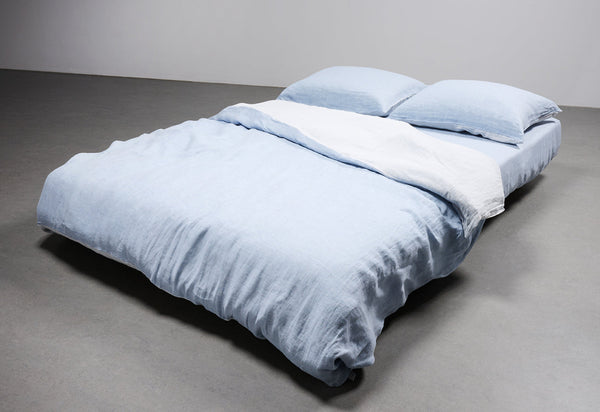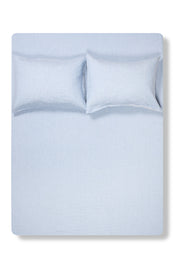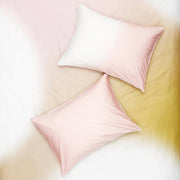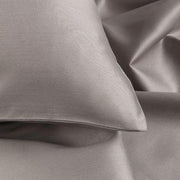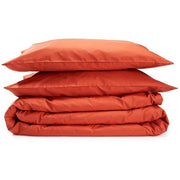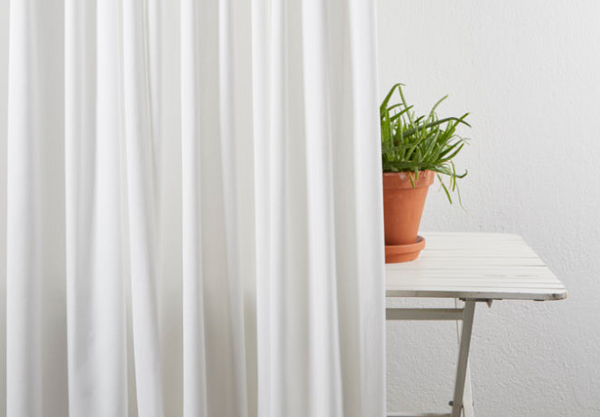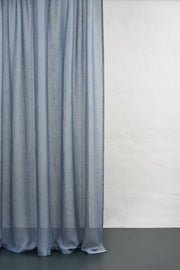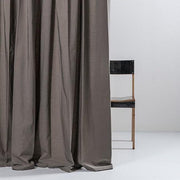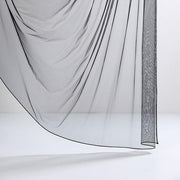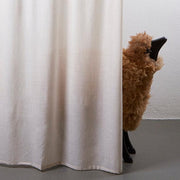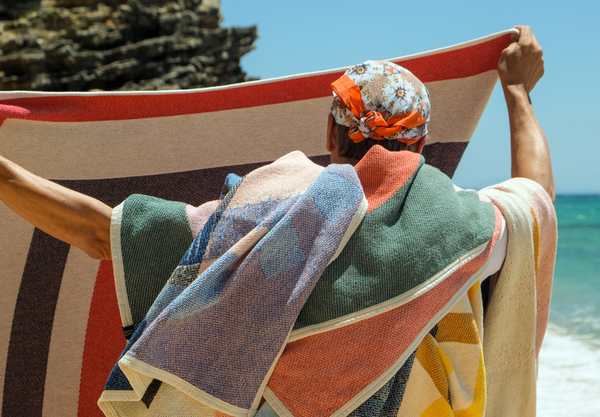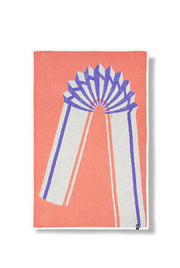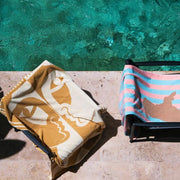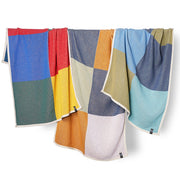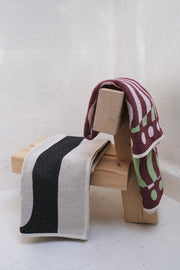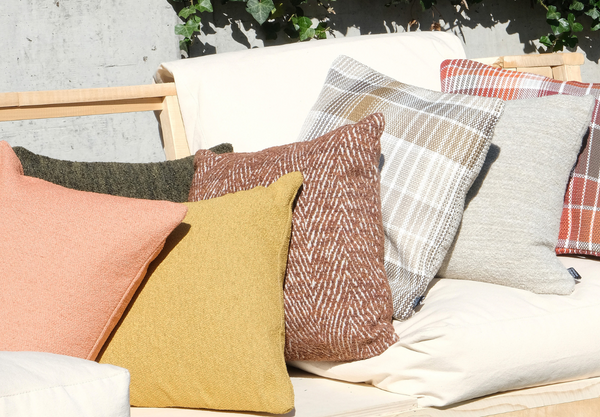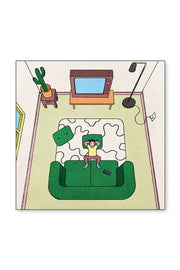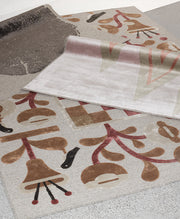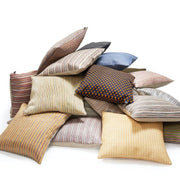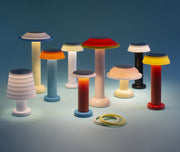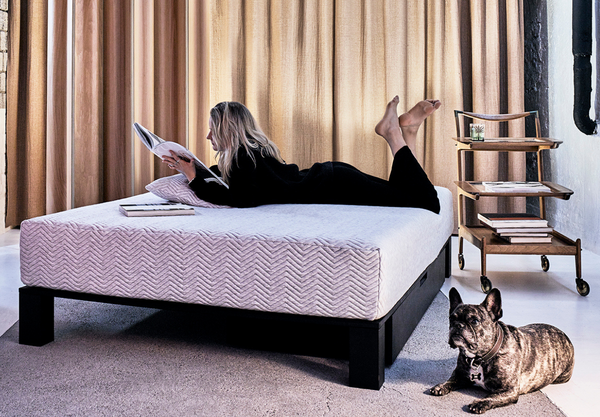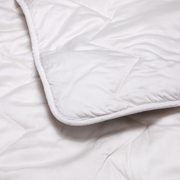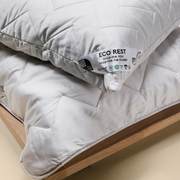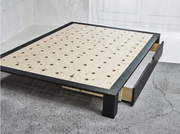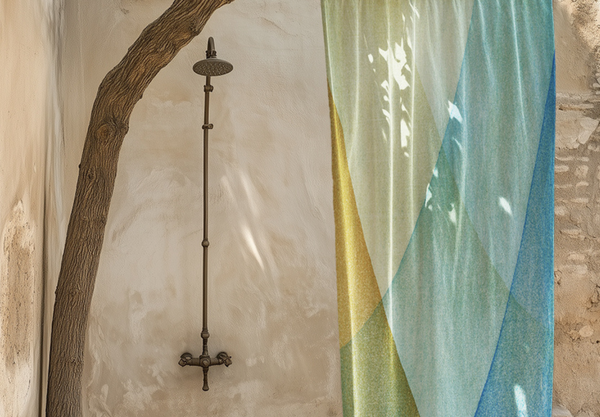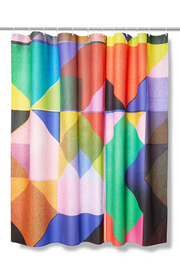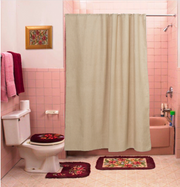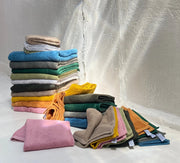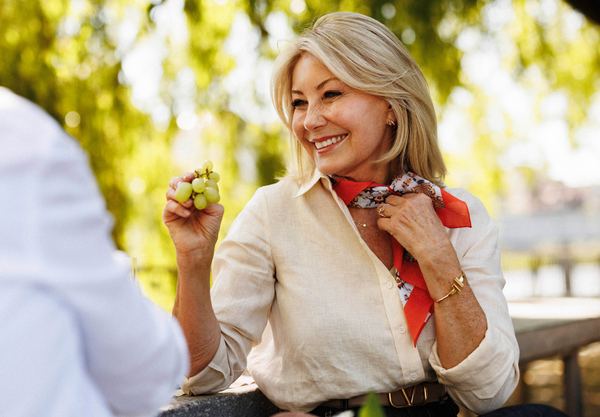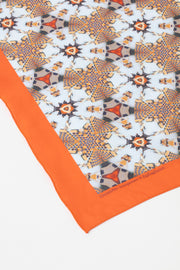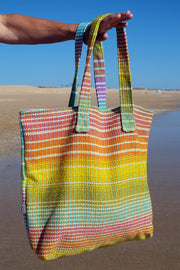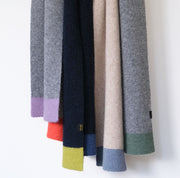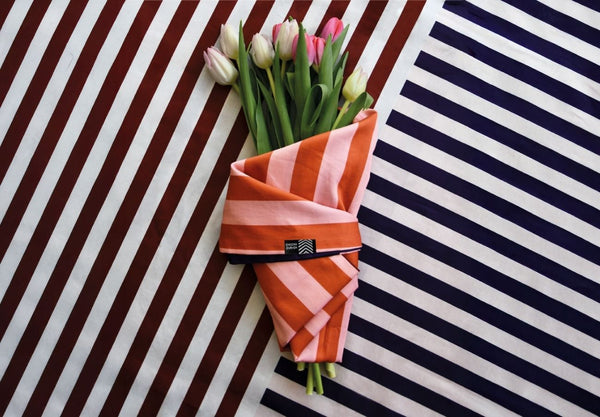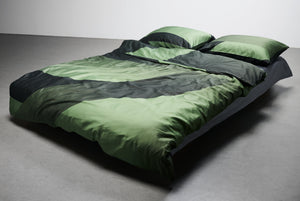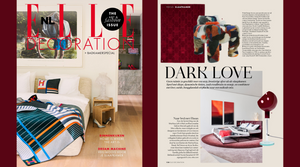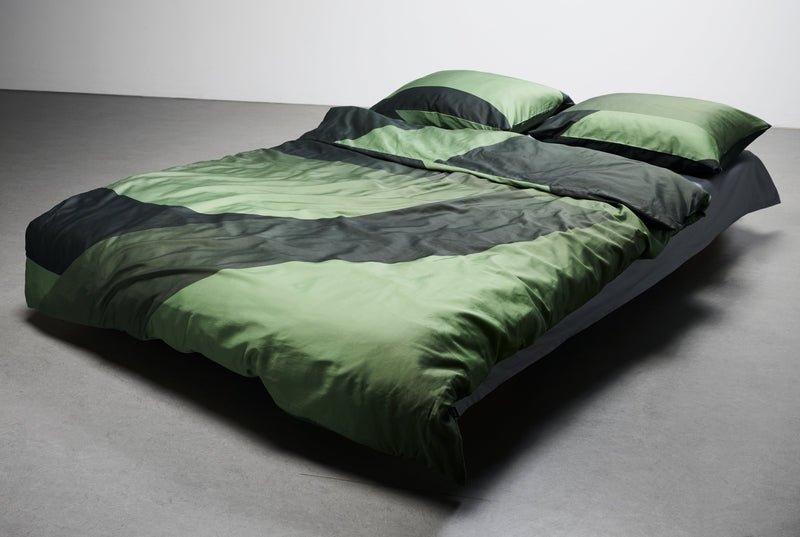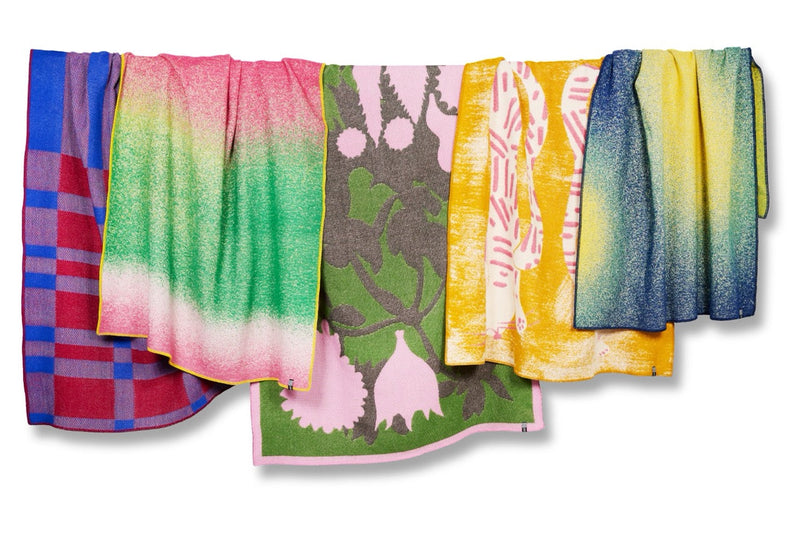Percale bedding is known for its crisp, cool feel, making it a perfect choice for those who prefer smooth, matte-finish bed linens. There are many different types of percale bedding available, and in this guide, we will outline the characteristics of percale bedding and the steps involved in its creation.
What are the main characteristics of Percale Bedding?
- Cool and Crisp: Percale is known for its cool, crisp feel, ideal for hot sleepers or warmer climates.
- Matte Finish: Unlike satin with its lustrous finish, percale has a matte appearance.
- Durability: The tight, plain weave makes percale fabric durable and long-lasting.
- Breathability: The percale weave allows for good air circulation, enhancing comfort during sleep.

Choice of material
Percale can be made from various yarns, including cotton, polyester, or a blend known as polycotton. The most common and best quality percale bedding is made from 100% cotton, especially long-staple cotton like Egyptian or Pima. These long staple fibers contribute to the fabric's smoothness and durability and allow for intricate weaving to high thread counts.
Preparing the yarns
The first step in the manufacturing process is yarn preparation. The selected fibers are cleaned, carded (to disentangle and align them), and spun into yarn. For high-quality percale, the yarn is typically fine and tightly twisted. At ZigZagZurich, we use high-quality cotton from the best Italian spinning mills, resulting in a truly unique yarn.
The weaving process
Percale is characterized by its plain weave, a simple over-under pattern. The yarns are placed on looms, with warp (lengthwise) and weft (crosswise) yarns woven alternately over and under each other. This tight weave results in a durable, smooth fabric with a matte finish and crisp texture, typically having a minimum thread count of 180. Luxury percale can have thread counts between 300 and 600.
Finishing after weaving
After weaving, the fabric undergoes various finishing processes to enhance its properties. Italian finishing is considered the best due to years of experience with high-quality fabrics like silk, cashmere, and velvet. Here are the technical names of the processes used to finish a fabric:
- Singeing: The fabric is passed over a flame or heated copper plates to burn off any protruding fibers, giving a smoother finish.
- Scouring: This step removes natural oils, waxes, and any remaining impurities.
- Bleaching: For a pure white finish, the fabric goes through a bleaching process. This can be done using standard bleach or using an oxygenation process which is a more natural process. If dyeing is planned, this step is skipped.
- Mercerizing: The fabric is treated with a caustic soda solution to increase strength, luster, and color saturation.
- Calendering: The fabric is passed through rollers to further smooth and flatten it, enhancing its crisp texture.
Dyeing and printing the fabric
If the percale fabric is to be dyed or printed with patterns, it undergoes these processes after initial finishing:
- Dyeing: Most percale fabrics use piece dyeing, where rolls of fabric are dyed in batches. Yarns can also be dyed before weaving for special weaves like mélange.
- Printing: Patterns and designs are applied using techniques like rotary screen printing or digital printing. Digital printing allows for faster production and smaller runs, with the capability to print 3D designs.

Quality control
Quality control checks ensure the fabric meets specific standards for thread count, weave quality, color fastness, and overall finish. At ZigZagZurich, every roll is inspected before cutting, including checking dye consistency.
Cutting, sewing, and folding
Different manufacturers use different processes. Large-volume manufacturers often use machines for cutting and sewing, but this can compromise quality control and finish. At ZigZagZurich, we do everything by hand, from unrolling and inspecting the fabric to cutting and sewing each order to size (the beauty of this is that any size can be made to order). We use high-quality materials like Japanese YKK zips and Oekotex certified thread, ensuring a fully controlled process.

Conclusion
Companies that focus on high-quality processes and raw materials produce the best percale bedding. This is why there can be a significant price difference between low-end and luxury percale bedding. The quality is in the details, ensuring that high-end and luxury percale bedding provides comfort and durability that lasts for years.
